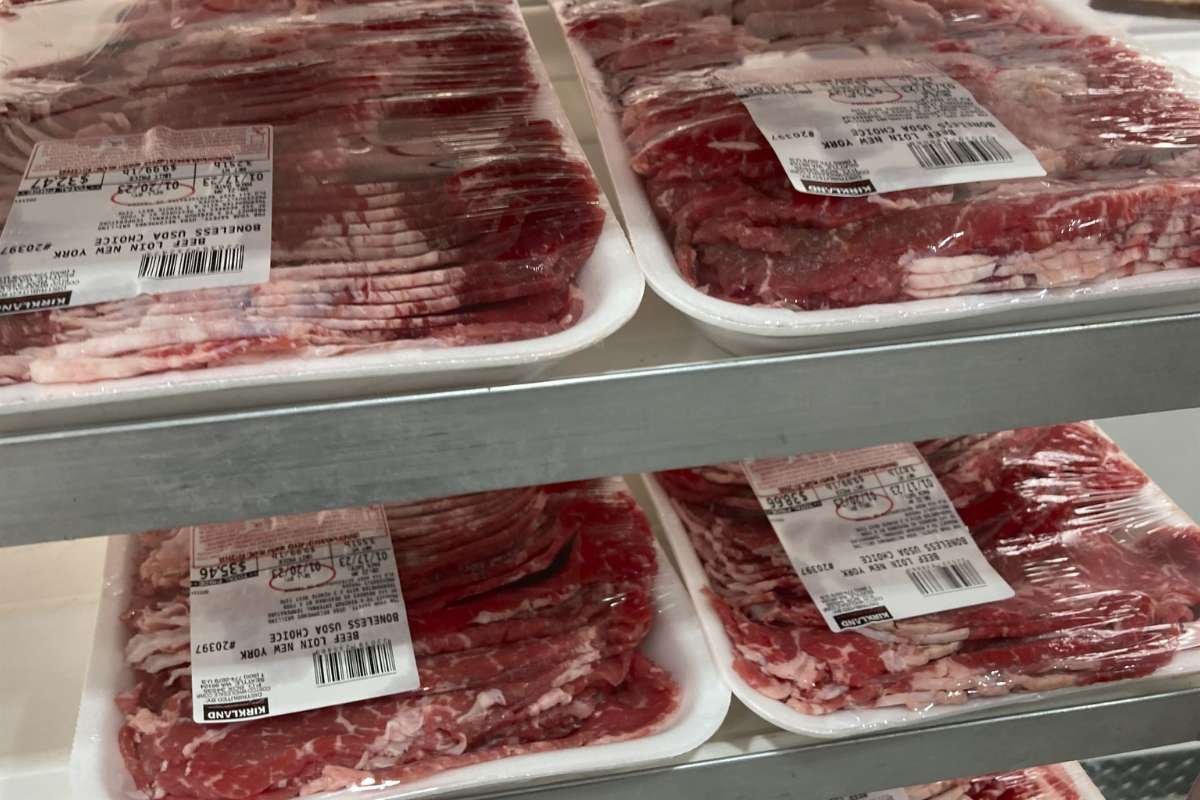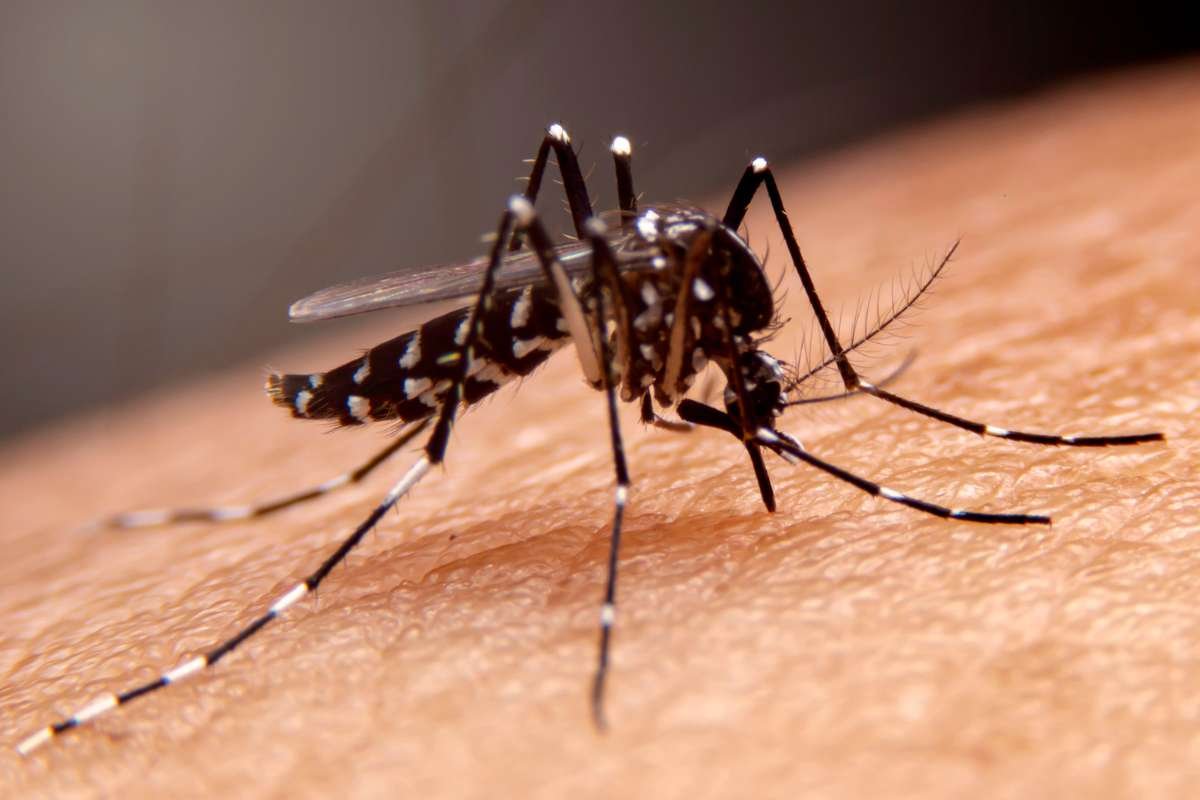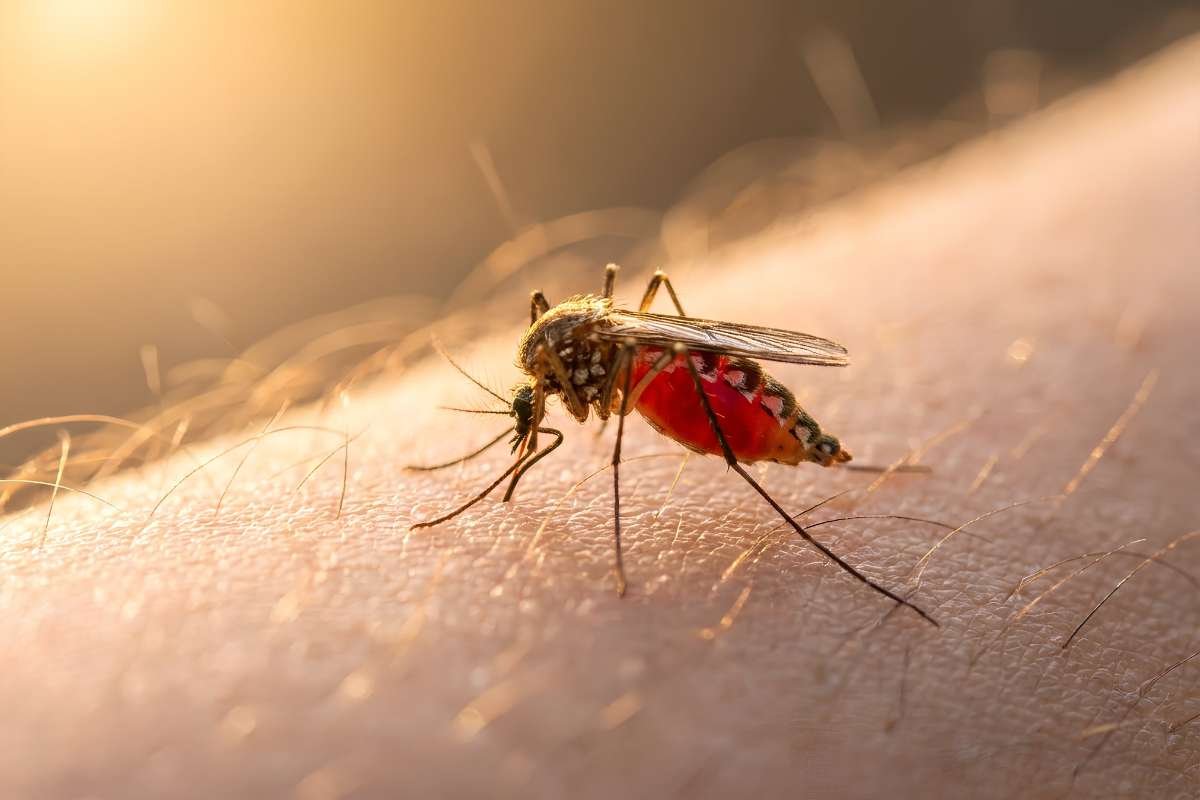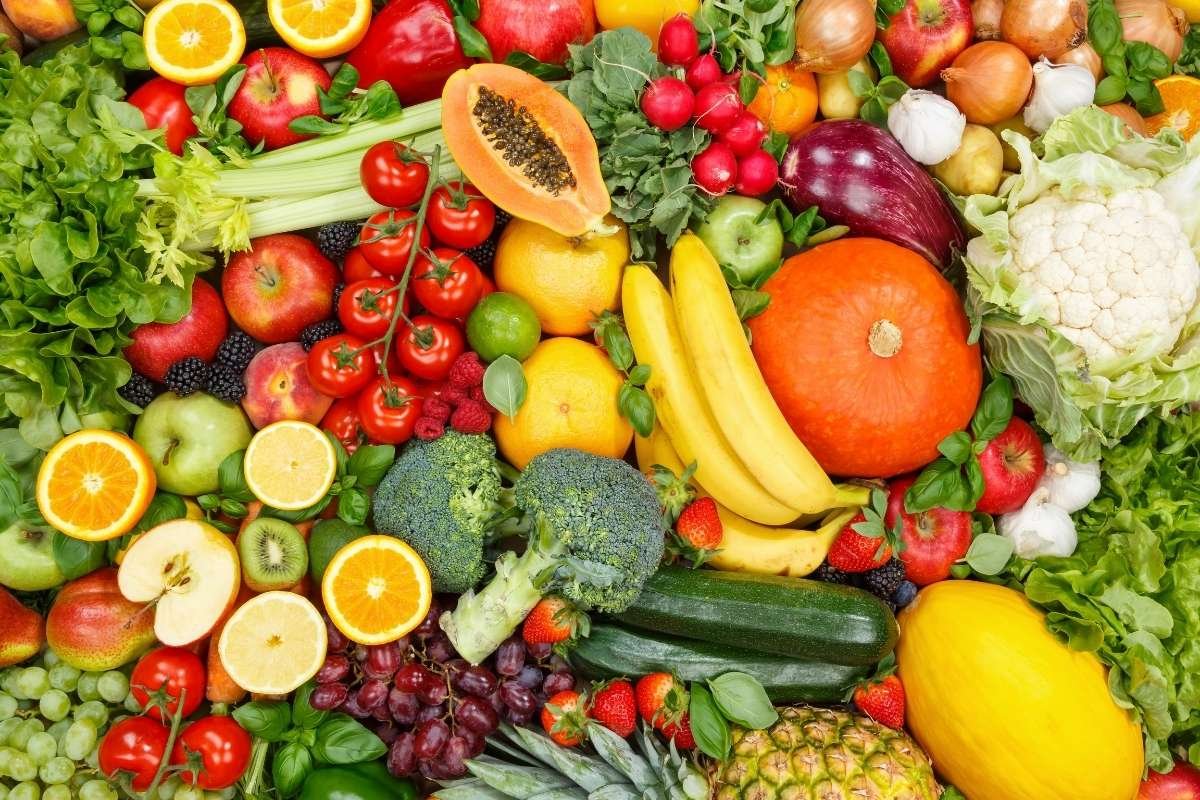U.S. beef prices have reached historic levels, surpassing $6 per pound for the first time by June 2025. This 10% annual increase also mirrors a broader surge across beef products, with steak prices averaging $11.49 per pound, up 8% year-over-year.
Several factors are fueling the spike. The U.S. cattle herd is now at its lowest point in 75 years, largely due to prolonged droughts in key ranching states. High feed costs have forced ranchers to reduce breeding, selling off more heifers instead. A U.S. ban on Mexican cattle imports following a screwworm outbreak has further constrained supply.
Trade frictions are also exacerbating the situation. U.S. tariffs on major beef exporters such as Brazil and Canada have tightened access to lean beef typically blended into American ground beef. With high seasonal demand and limited supply, economists predict that pressure on U.S. Beef Prices could persist through the decade. Michigan State food economist David Ortega anticipates no significant market relief until at least 2029.
Australia Eases U.S. Beef Prices Restrictions After Two Decades
In a landmark policy shift, the Australian government has lifted biosecurity restrictions on certain U.S. beef imports, ending rules that dated back to the 2003 mad cow disease scare. The restrictions had prevented U.S.-processed beef originating from Canada or Mexico from entering Australia due to traceability concerns.
Agriculture Minister Julie Collins said advancements in U.S. livestock traceability now ensure cattle can be tracked to their source farms, effectively mitigating past risks. She insisted the decision was based solely on biosecurity science after a decade-long review—not due to political pressure from Washington.
However, the move comes as Australia seeks tariff concessions from the U.S. on steel, aluminium, and pharmaceuticals, raising speculation about strategic motivations. While Prime Minister Anthony Albanese denies any quid pro quo, the timing suggests diplomatic leverage may be at play.
Political Pushback and Industry Outlook
Domestically, the policy shift has sparked political tension. Queensland’s Agriculture Minister claimed the state government was blindsided and demanded full transparency on the federal review that supported lifting the ban (Courier Mail). Opposition leaders, including Barnaby Joyce and David Littleproud, have called for an independent inquiry to assess potential risks.
Industry stakeholders remain cautious. Despite the policy change, high U.S. beef prices make it unlikely that American beef will penetrate the Australian market in large volumes. A Cattle Australia spokesperson noted that the decision is more likely to serve as diplomatic currency than affect actual trade volumes. “Honestly, if there’s a pound of U.S. beef shipped to Australia in the next three years, I’ll be gobsmacked,” one analyst remarked.
As U.S. households grapple with sticker shock at the meat counter, and Australia treads a delicate path between food safety and international diplomacy, U.S. beef prices have become a surprising flashpoint in the global trade conversation.
Visit The Lifesciences Magazine to read more.







